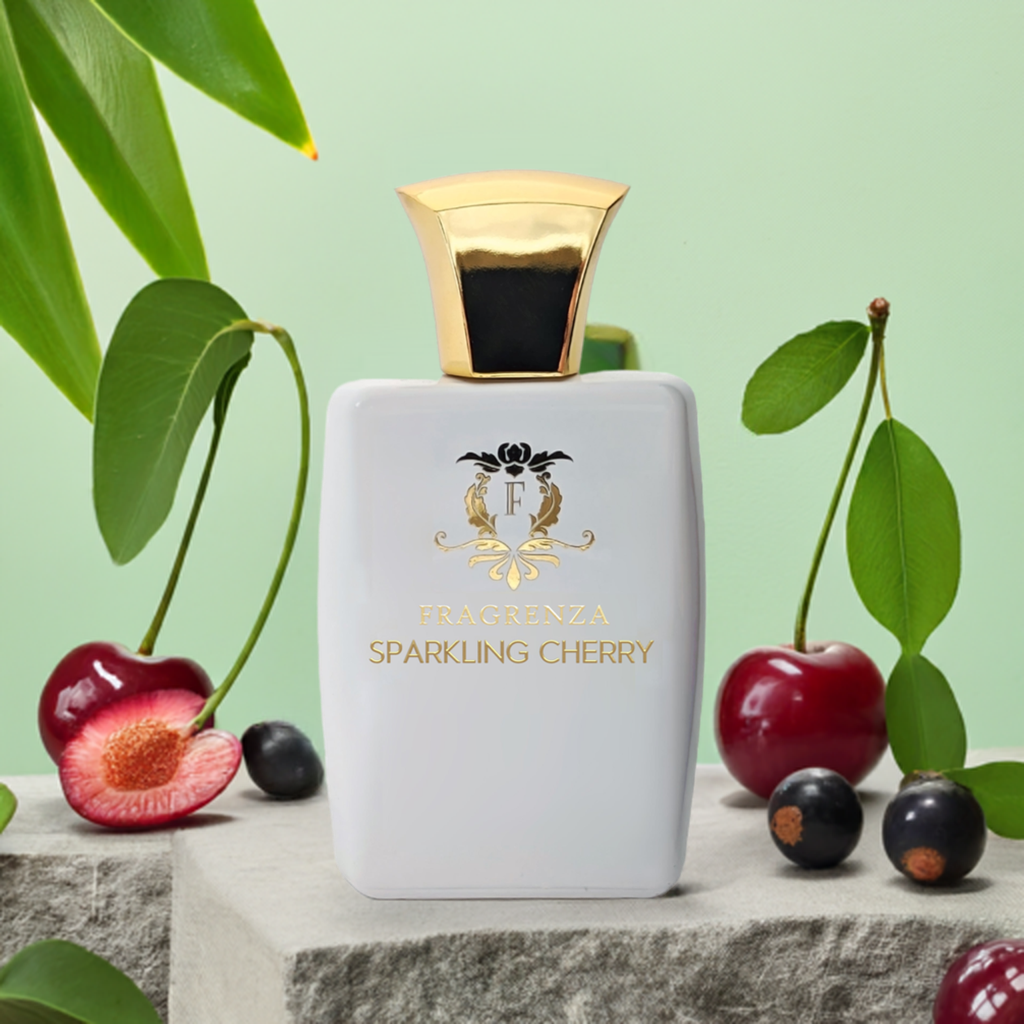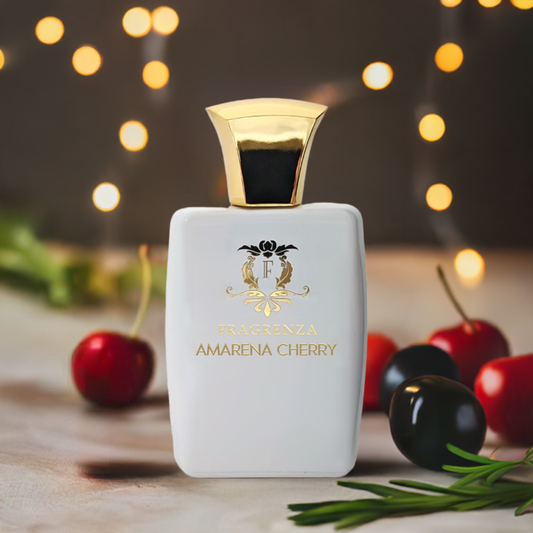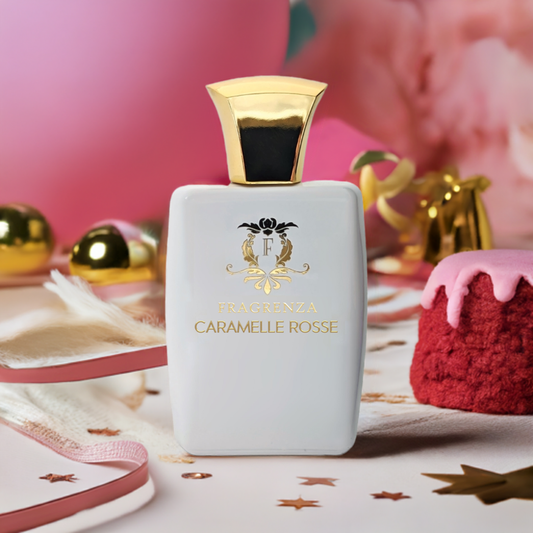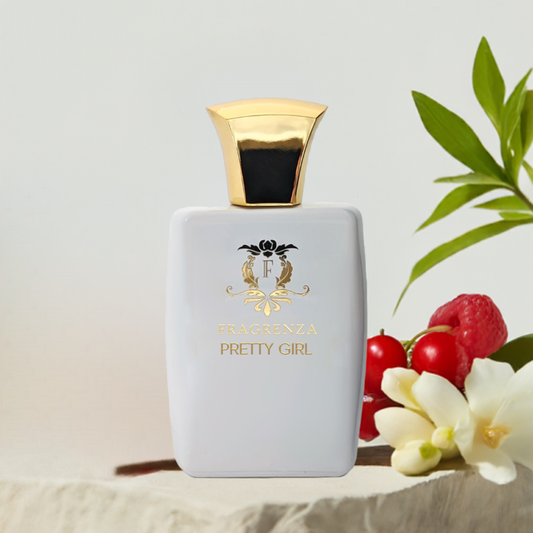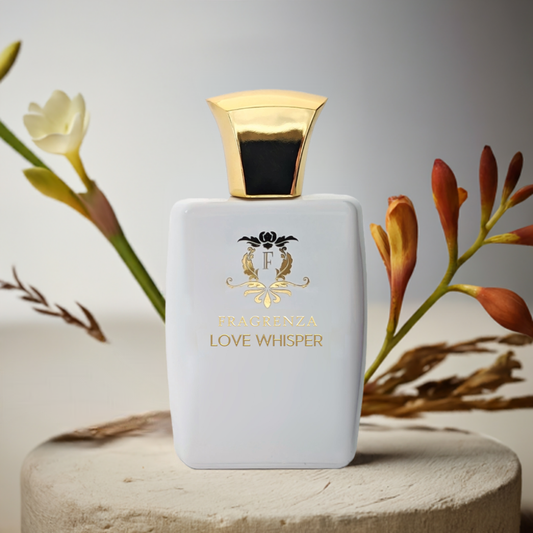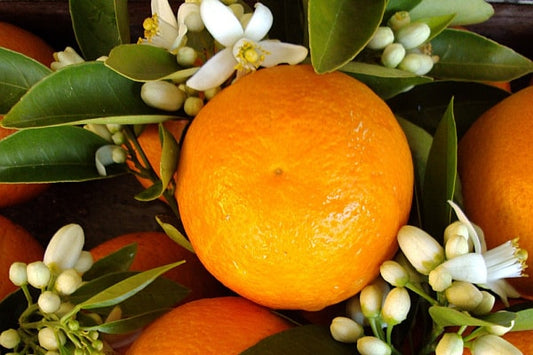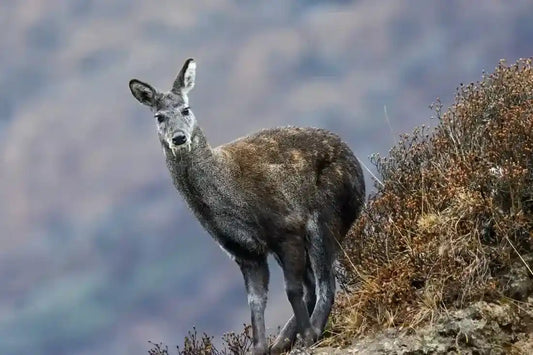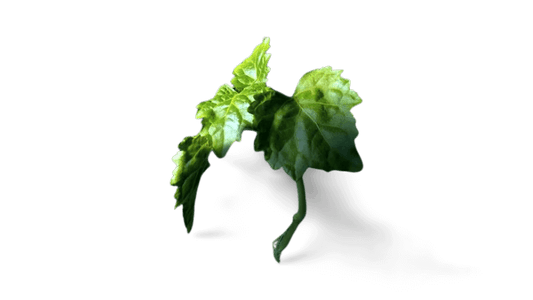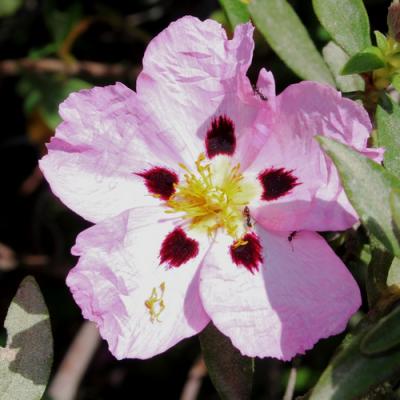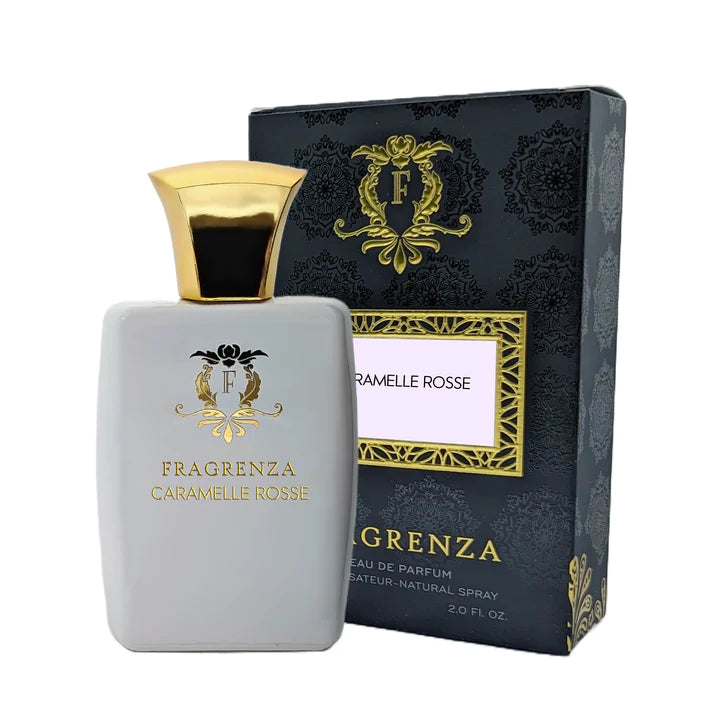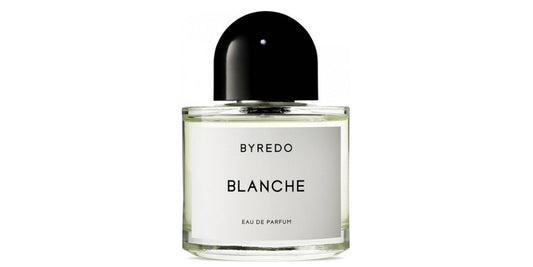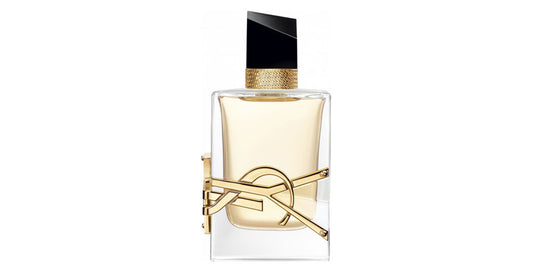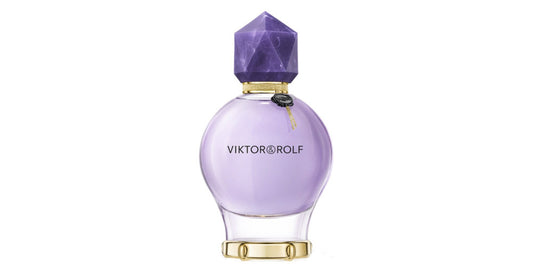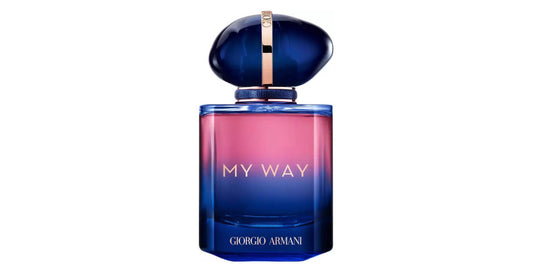Champagne in perfumery
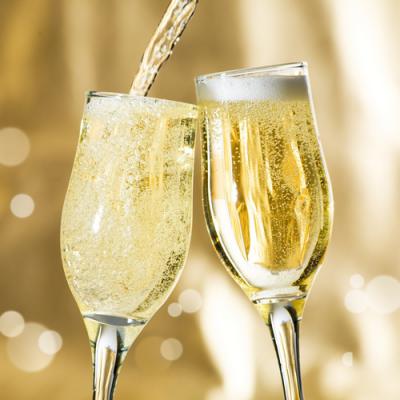
In This Article
Champagne: A Celebration of Opulence and Luxury
Champagne has long been associated with festivities, conviviality, and special occasions. This association dates back to the time when Clovis, the King of the Franks, was baptized in Reims, the capital of Champagne. Every subsequent coronation held at the same cathedral featured celebrations where the local wine, Champagne, was consumed, elevating its status as the drink of the privileged. Louis XIV, the Sun King, tasted Champagne at the age of 16 and embraced it as a symbol of his audacity. Later on, Champagne was served on board the legendary Titanic and at the 1889 Universal Exhibition in Paris, where the Eiffel Tower was unveiled to the world. This rich history has contributed to the allure and mystique of Champagne. The diverse aromas of Champagne depend on its variety and age, offering an extensive range of scents, including red fruits, citrus fruits, honey, gingerbread, nuts, almonds, caramel, licorice, and even notes of undergrowth, cut grass, or mushrooms.
Champagne's Distinctive Role in Perfumery
When two luxurious products come together, the result is bound to be exceptional. Champagne notes, although still rare in perfumery, have made their way into some exquisite fragrances. For instance, Vierge de Fer by Serge Lutens features Champagne as a top note, providing subtle and mysterious nuances. In Mauboussin's À la Folie, an oriental floral creation, a Champagne accord is placed in the top note alongside raspberry. Additionally, Parfum d'Empire's Ambre Russe, an oriental-spicy fragrance, combines Champagne with vodka in the top note, producing a truly captivating result!
While Champagne is synonymous with luxury, it also plays a unique role in the world of perfumery. Its diverse array of aromas allows it to harmonize with various olfactory families. Though still relatively uncommon in perfumery, Champagne has made a significant impact in some exceptional compositions.
